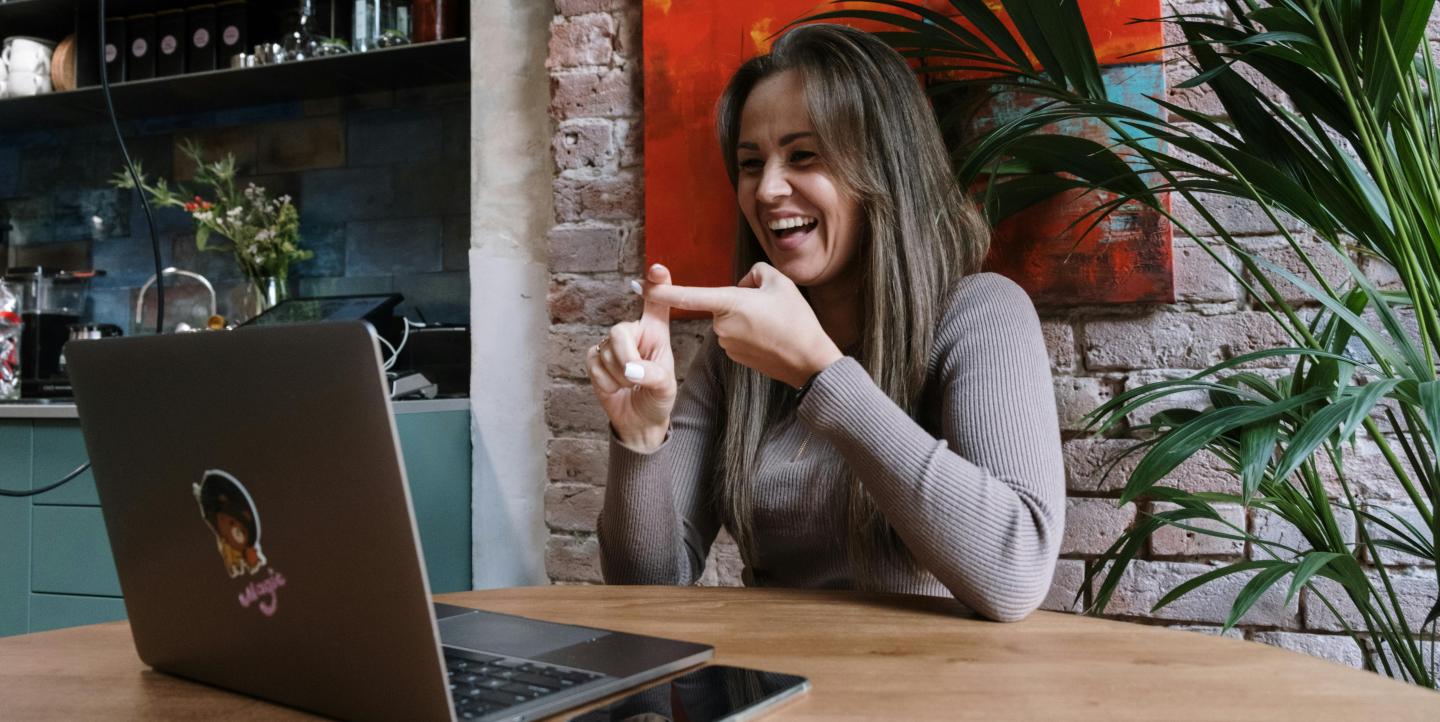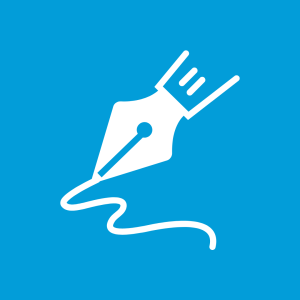There exists a lack of fact-checking resources for deaf and hard-of-hearing communities today, even as mis- and disinformation online is on the rise.
“[The] deaf community is particularly vulnerable to disinformation, and they also have problems accessing digital content, accurate information and community members online,” said Willy Chowoo, an investigative journalist and founder of CT Media Uganda, during a recent ICFJ Global Crisis Reporting Forum webinar.
Noticing this gap, Chowoo launched the Ugandan Sign Language Project in July 2023 to inform deaf and hard-of-hearing communities about the dangers of disinformation, and provide them with solutions.
“We are running this project on the slogan, ‘Don't share, first verify,’” said Chowoo.
The Ugandan Sign Language Project
There are more than 1 million people in Uganda who have moderate or severe hearing difficulties.
Due to a lack of sign language interpreters, inaccessible media, and insufficient fact-checking efforts, they can have trouble finding timely, accurate information, said Chowoo: “[In Uganda], there are very few accredited organizations that do fact-checking and if they do, they do not do it for the deaf.”
After attending ICFJ’s Disarming Disinformation Empowering the Truth Global Summit in March 2023, Chowoo developed an idea to leverage smartphones to generate multimedia content that would help deaf audiences become more aware of the overwhelming presence of disinformation.
“We use sign language to ‘disarm disinformation.’ It is a very powerful tool when it is properly used among the deaf community,” he said.
Distributing the information
Video is the preferred way for communities with hearing difficulties to receive information as it allows audiences to read sign language simultaneously in small insert windows.
“If there is some information online, why can't we record a short video that tells the story?” asked Chowoo. “It can be on health, education or employment. This is the concept of digitizing sign language in Uganda.”
These videos should include verified information, and be compatible with platforms such as WhatsApp, Facebook, Youtube and TikTok, he added.
Automated SMS messages are another method that can be used to share sign language content among community members. “For those who are not on WhatsApp, or for those who do not [have] a smartphone, [fact-checkers can] send an SMS about certain information that they feel is key for them to know,” said Chowoo.
Verified content can also be spread directly on the ground through individuals fluent in sign language, he added: "The first thing that should be done is to have sign language interpreters, trained in interpersonal communication, present at crucial times in public places such as hospitals, schools or community meetings.”
To facilitate the dissemination of credible news, Chowoo has also launched a WhatsApp group to bring deaf and hard-of-hearing community members together with sign language interpreters.
Overcoming challenges
Lack of awareness about disinformation, gaps in digital literacy and outdated smartphone usage have all been challenges for Chowoo to address.
Most trainees of his were unable initially to display the digital skills and methodology needed for fact-checking, he explained. They lacked digital literacy and data analysis know-how. These findings guided future programming to strengthen these skills.
Insufficient financial resources, continued Chowoo, hinder the deaf and hard-of-hearing communities’ inclusion online. For example, two of his 11 trainees did not have smartphones to generate multimedia sign language content, and limited internet access across Uganda meant that staying online to build a digital presence presented an issue for all group members.
Chowoo pointed participants to fact-checking resources from Pesa Check, Africa Check and Dubawa, and called for radio stations and podcasts to publish transcriptions of their conversations on their sites.
Building a network of fact-checkers
Enrolling in sign language projects across the country offers a way for journalists to gain an insider’s look into the issues facing deaf and hard-of-hearing communities, and help them generate solutions to reach them with their reporting.
“I think the project has come at the right time,” said Chowoo. “[Hearing-impaired journalists] are capable and they can do the work,” he said.
Chowoo also called on media stakeholders to take a greater role in sign language awareness.
“When we did the training, many media houses came and it was on local television, national newspapers and online publications. This created awareness about the distance these people [are experiencing] and their need to have their information verified, fact-checked and sent out,” he said. “Their stories are not being told because we cannot talk to them.”
Photo by cottonbro studio via Pexels.


